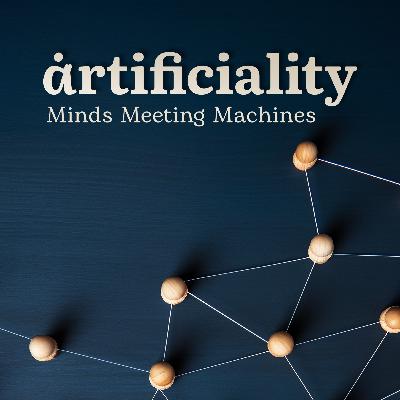DeepSeek: What Happened, What Matters,
and Why It’s Interesting
Description
First:
- Apologies for the audio! We had a production error…
What’s new:
- DeepSeek has created breakthroughs in both: How AI systems are trained (making it much more affordable) and how they run in real-world use (making them faster and more efficient)
Details
- FP8 Training: Working With Less Precise Numbers
- Traditional AI training requires extremely precise numbers
- DeepSeek found you can use less precise numbers (like rounding $10.857643 to $10.86)
- Cut memory and computation needs significantly with minimal impact
- Like teaching someone math using rounded numbers instead of carrying every decimal place
- Learning from Other AIs (Distillation)
- Traditional approach: AI learns everything from scratch by studying massive amounts of data
- DeepSeek's approach: Use existing AI models as teachers
- Like having experienced programmers mentor new developers:
- Trial & Error Learning (for their R1 model)
- Started with some basic "tutoring" from advanced models
- Then let it practice solving problems on its own
- When it found good solutions, these were fed back into training
- Led to "Aha moments" where R1 discovered better ways to solve problems
- Finally, polished its ability to explain its thinking clearly to humans
- Smart Team Management (Mixture of Experts)
- Instead of one massive system that does everything, built a team of specialists
- Like running a software company with:
- 256 specialists who focus on different areas
- 1 generalist who helps with everything
- Smart project manager who assigns work efficiently
- For each task, only need 8 specialists plus the generalist
- More efficient than having everyone work on everything
- Efficient Memory Management (Multi-head Latent Attention)
- Traditional AI is like keeping complete transcripts of every conversation
- DeepSeek's approach is like taking smart meeting minutes
- Captures key information in compressed format
- Similar to how JPEG compresses images
- Looking Ahead (Multi-Token Prediction)
- Traditional AI reads one word at a time
- DeepSeek looks ahead and predicts two words at once
- Like a skilled reader who can read ahead while maintaining comprehension
Why This Matters
- Cost Revolution: Training costs of $5.6M (vs hundreds of millions) suggests a future where AI development isn't limited to tech giants.
- Working Around Constraints: Shows how limitations can drive innovation—DeepSeek achieved state-of-the-art results without access to the most powerful chips (at least that’s the best conclusion at the moment).
What’s Interesting
- Efficiency vs Power: Challenges the assumption that advancing AI requires ever-increasing computing power - sometimes smarter engineering beats raw force.
- Self-Teaching AI: R1's ability to develop reasoning capabilities through pure reinforcement learning suggests AIs can discover problem-solving methods on their own.
- AI Teaching AI: The success of distillation shows how knowledge can be transferred between AI models, potentially leading to compounding improvements over time.
- IP for Free: If DeepSeek can be such a fast follower through distillation, what’s the advantage of OpenAI, Google, or another company to release a novel model?





